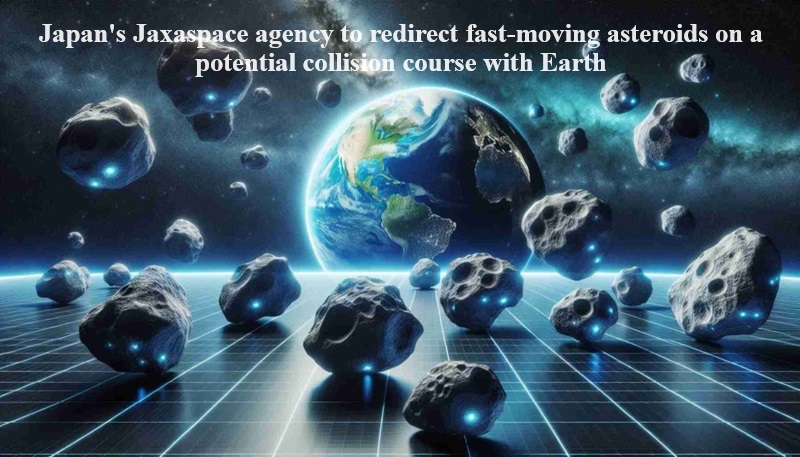
Japan’s Jaxaspace agency is gearing up for groundbreaking tests utilizing its Hayabusa2 spacecraft, aiming to showcase its capability to intercept and redirect swiftly moving asteroids that may pose a threat of colliding with Earth.
Launched in 2014, Hayabusa2 achieved historical milestones by executing dual touchdowns on the asteroid 1999 JU3, also known as Ryugu, located an impressive 300 million km away from Earth in 2018. Over a span of approximately 18 months, the spacecraft meticulously studied Ryugu, employing innovative techniques such as firing pellets onto the asteroid’s surface and collecting samples ejected from its depths.
The collected samples were securely transported to Earth in a capsule, landing in the Australian Outback in 2020. Ongoing scientific examinations of these samples aim to unravel the mysteries of Ryugu’s composition. Currently, the spacecraft is on an extended mission scheduled until 2026, with its destination being the asteroid 2001 CC21, positioned more than 12 million km away from Earth.
Jaxa’s future plans for Hayabusa2 encompass two significant flyby missions. In 2026, the spacecraft is slated to rendezvous with the asteroid 2001 CC21, hurtling towards it at an astounding speed of 5 km/s (18,000 km/h). Subsequently, in 2031, Hayabusa2 is scheduled for a close encounter with the small, rapidly spinning asteroid 1998 KY26, comparable in size to a small school bus, and with an orbit intersecting Earth’s.
Jaxa acknowledges the distinctive challenges presented by asteroids like 1998 KY26, characterized by their “small and fast” attributes. The rapid rotation of such asteroids creates a unique physical environment near the surface, where centrifugal force surpasses gravitational pull. Jaxa aims to study this phenomenon as asteroids of this size collide with Earth every 100 to 1,000 years, potentially causing significant damage.
The upcoming flyby missions pose a considerable challenge, as Hayabusa2, originally designed for asteroid rendezvous, must now adapt to observe asteroids at high relative speeds from a distance.
Jaxa views these missions as an opportunity to showcase technology akin to what would be required to collide a spacecraft into an asteroid, potentially altering its orbit. This technological feat aligns with Jaxa’s broader objective of contributing to planetary defense efforts against potential asteroid threats.
Building on NASA’s success with the Dart mission, which demonstrated the kinetic impact method’s potential to alter an asteroid’s trajectory, Jaxa’s upcoming tests add a new layer to the ongoing planetary defense experiments. In addition to kinetic impact, scientists worldwide are exploring alternative methods, including the deployment of nuclear devices on asteroids, to divert them away from potential collision courses with Earth.

Post Your Comments